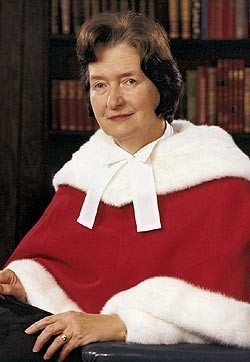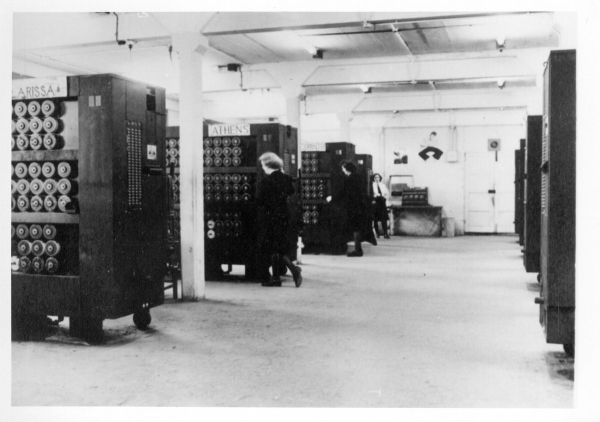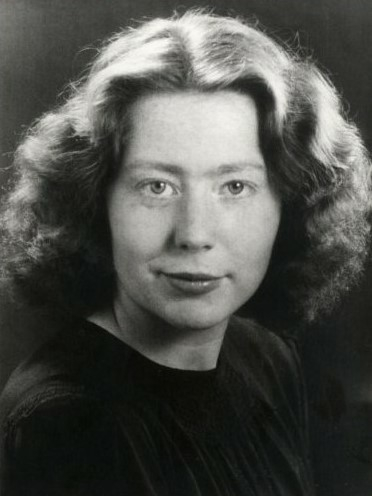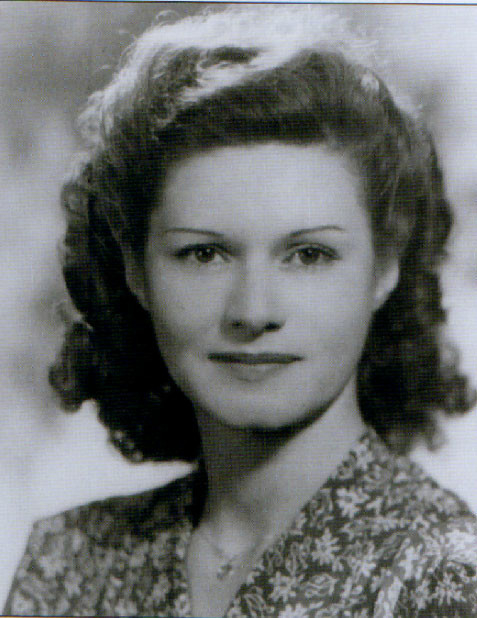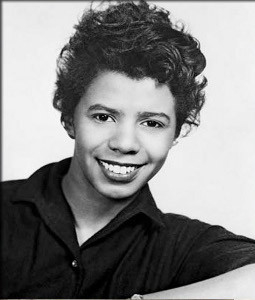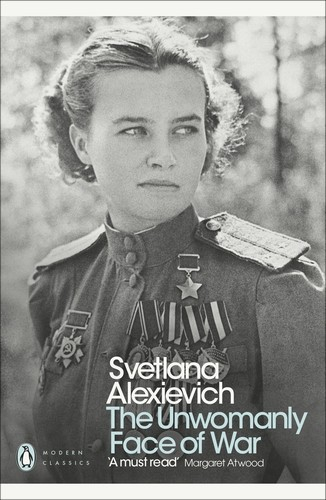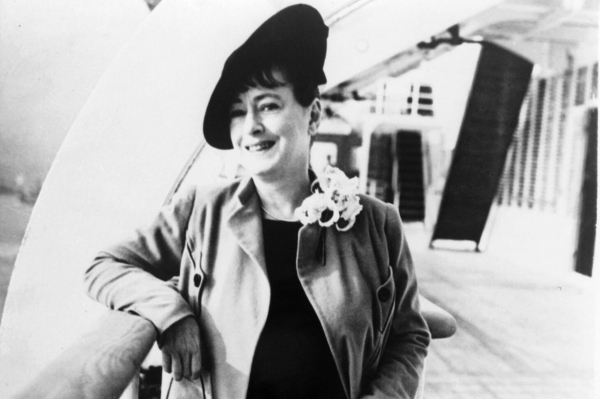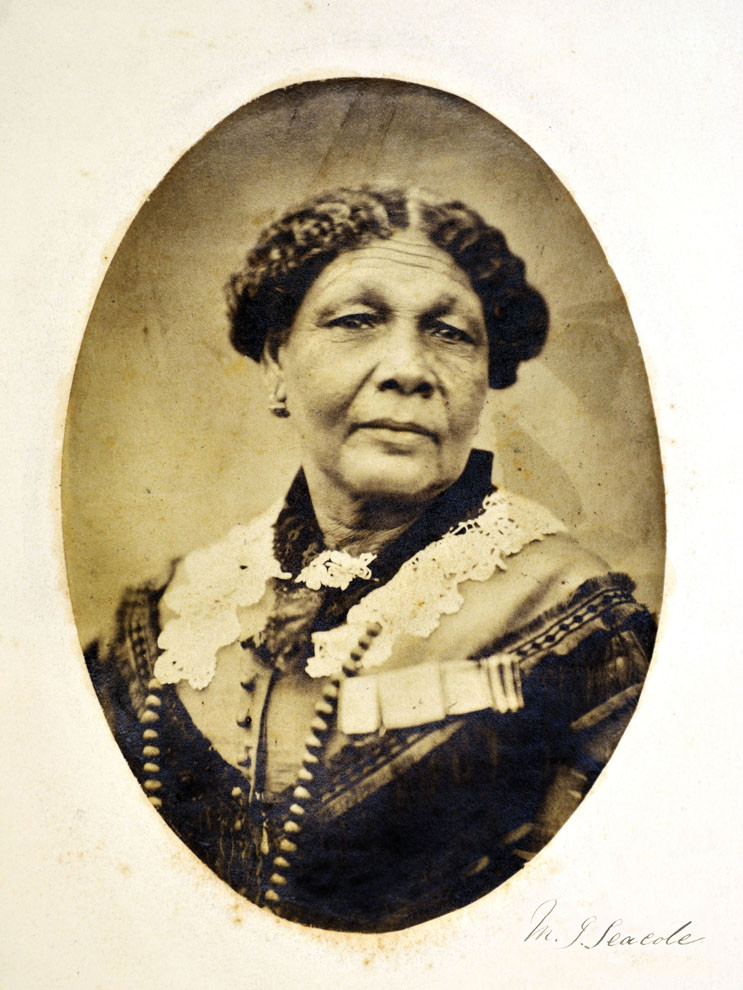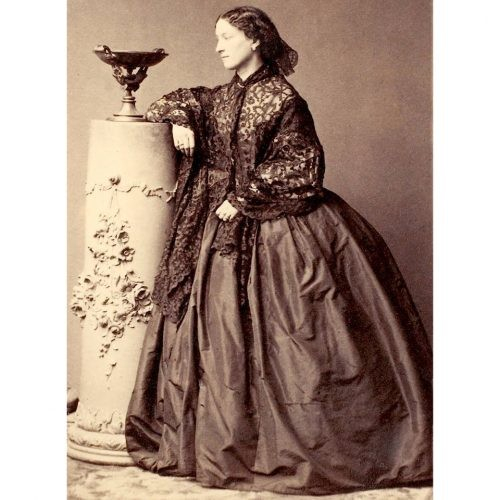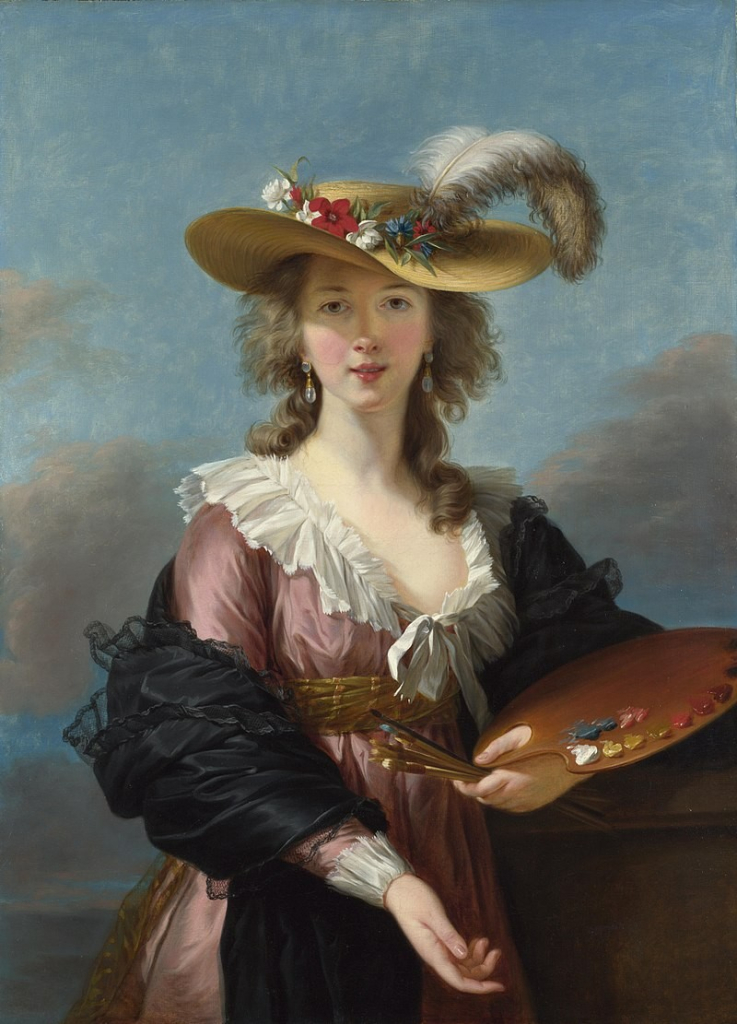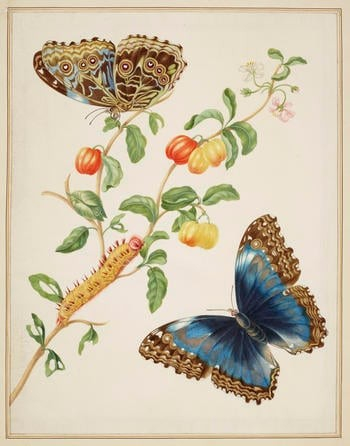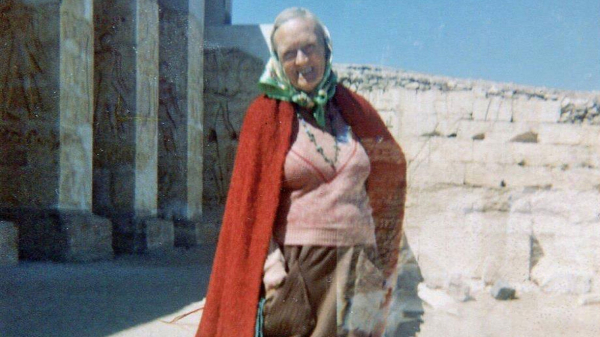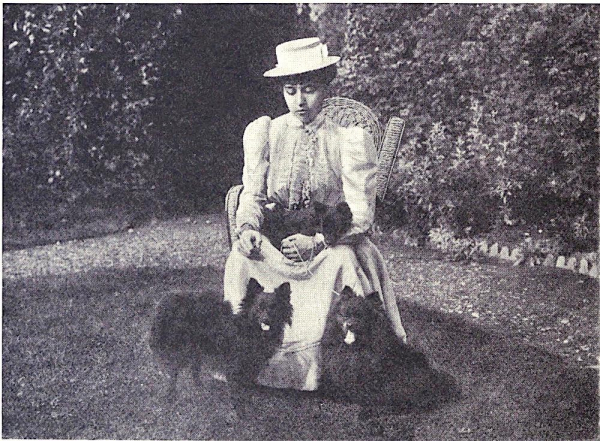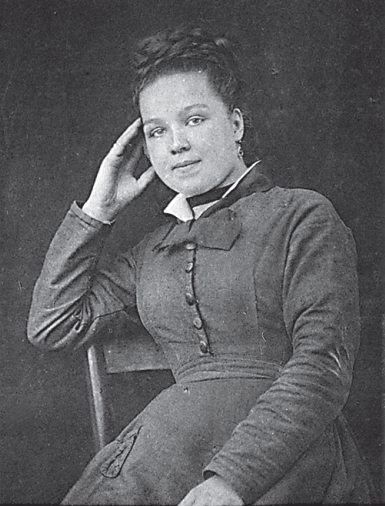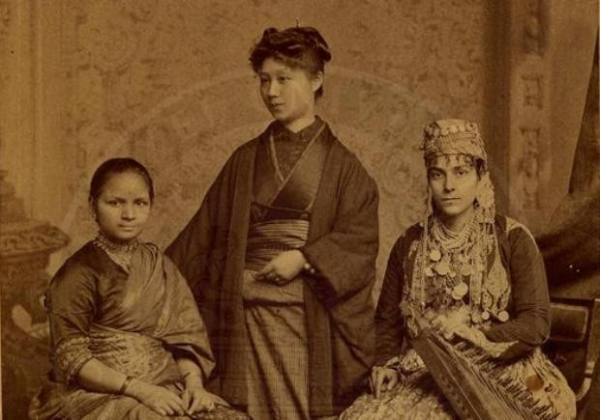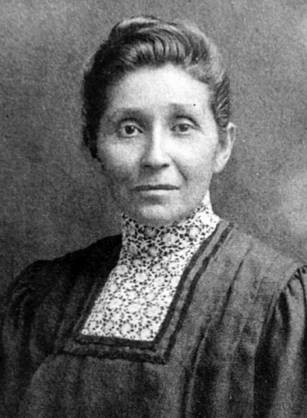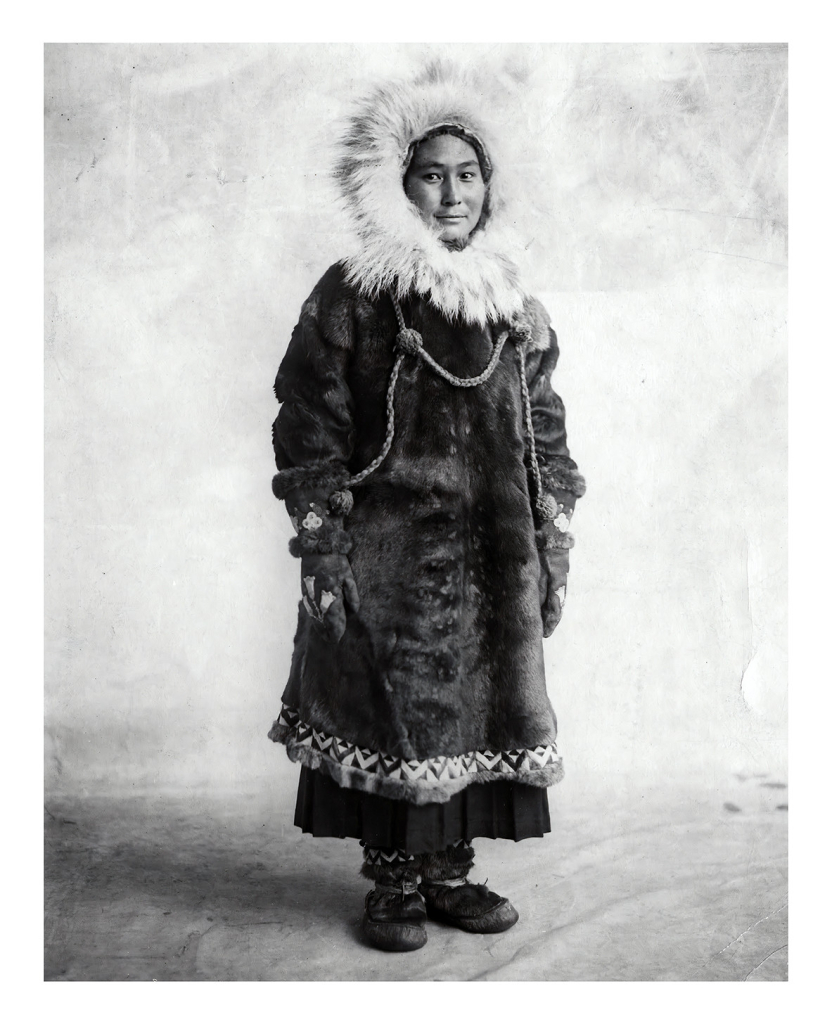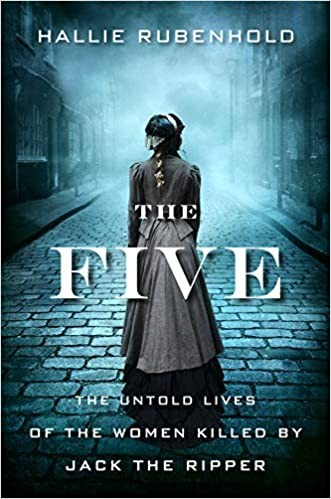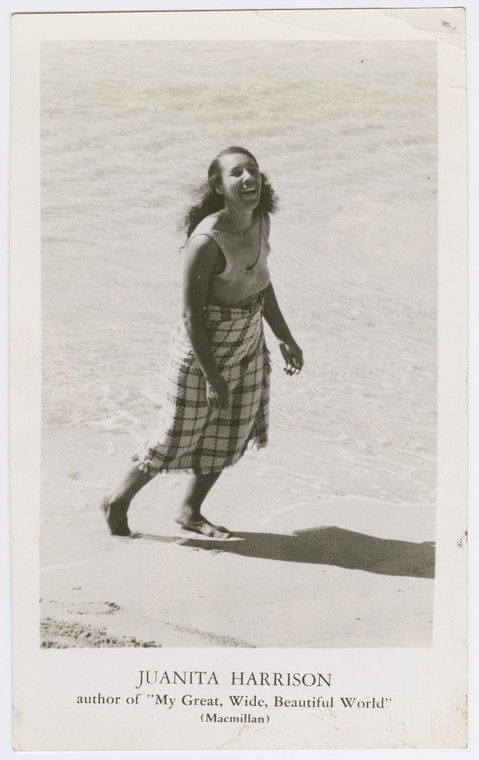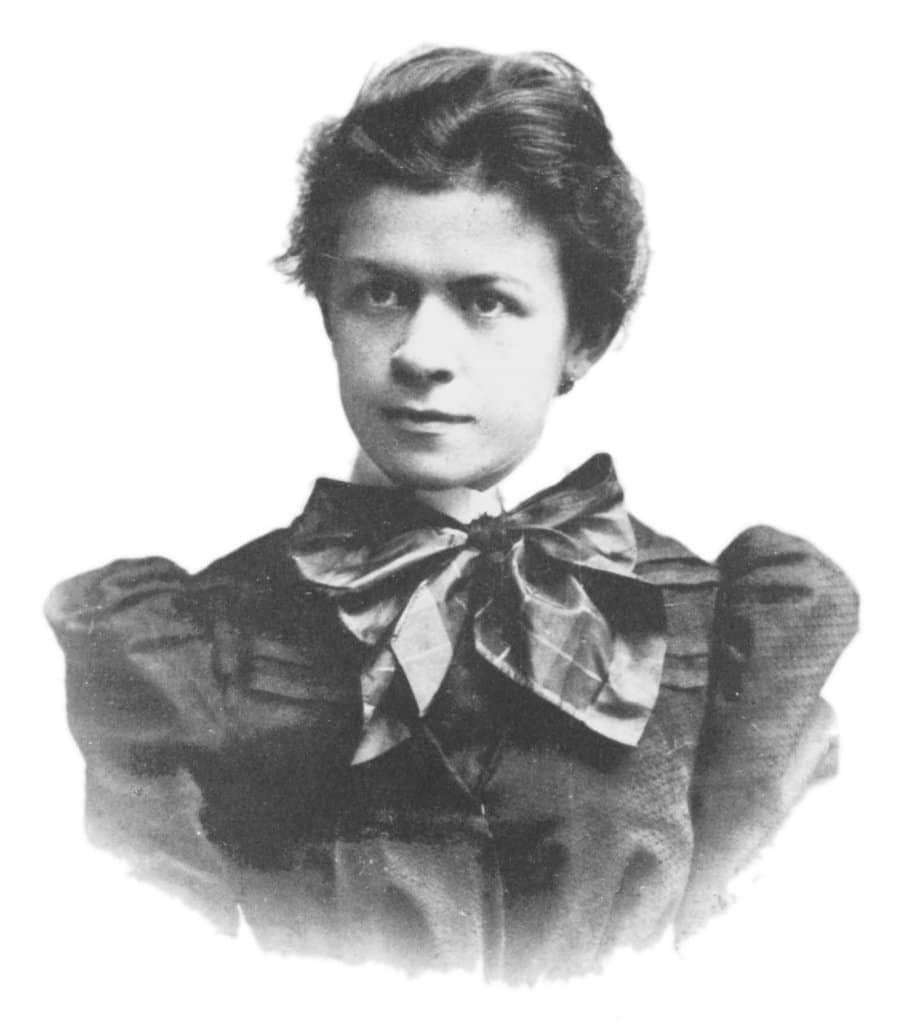Suche
Beiträge, die mit womenshistorymonth getaggt sind
When she had started at law school in 1955, she was reportedly advised to 'take up crocheting' instead.
Her 1988 ruling decriminalised abortion in Canada.
#WomenInHistory #OTD #History #WomensHistory #WomensHistoryMonth #CanadianHistory #Histodons
https://carvehername.org.uk/women-fighting-deforestation-gaura-devi/
#WomensHistoryMonth #WomenInHistory #OTD #History #WomensHistory#Histodons
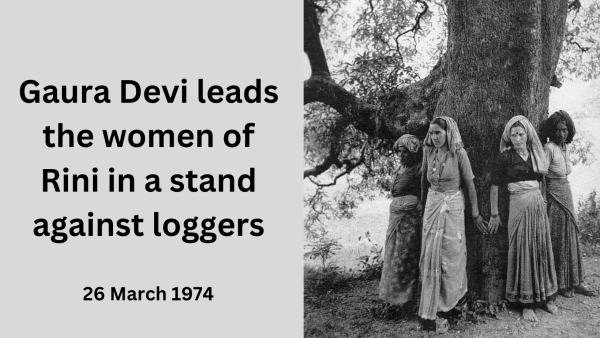
Gaura Devi and other women fighting deforestation - Carve Her Name
In March 1974, women fighting deforestation took action to protect the trees above their village. We learn more about them and others.Mags (Carve Her Name)
#WomensHistoryMonth #WomenInHistory #WorldWar2 #History #BletchleyPark #Histodons
She is later executed, allegedly saying "I shoot better" after the first attempt to shoot her missed.
#WomensHistoryMonth #WomenInHistory #OTD #History #WomensHistory #WW2 #DutchHistory #Histodons
Assata Shakur
#Resistance #Revolution #creativity #WomensHistoryMonth #Palestine
#WomensHistoryMonth #herstory #blm #slavery #blackHistory
https://talkafricana.com/mary-prince-the-first-black-woman-to-publish-an-autobiography-of-her-life-in-slavery/ via @talkafricana
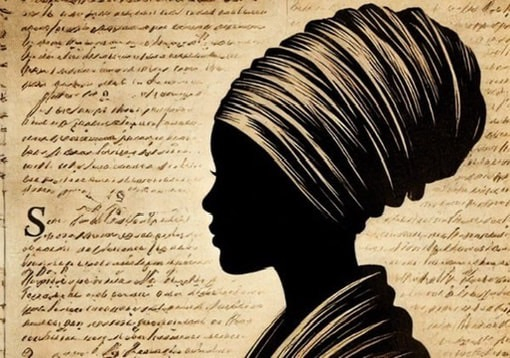
Mary Prince: The First Black Woman to Publish an Autobiography of Her Life in Slavery
Mary Prince was the first Black woman to publish an autobiography detailing her experiences in slavery. Born into slavery in Bermuda, she was sold multiple times and endured severe hardships across the Caribbean.Machi Onwubuariri (Listwand)
#OnThisDay, 18 Mar 1943, Francine Agazarian arrives in Nazi-occupied France to be a courier in the Special Operations Executive. The British SOE supported the French Resistance.
#WomenInHistory #WomensHistoryMonth #History #WorldWar2 #Histodons
#WomensHistoryMonth #WW2 #Resistance #Antifa
https://www.youtube.com/watch?v=VJPX5FdES0M
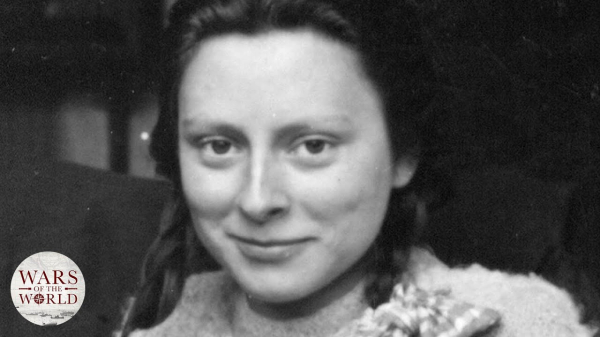
The Girls Who Seduced And Killed Nazi Soldiers
As opposed to the fighting in North Africa or the brutal Eastern Front, prior to 1944 the German soldiers stationed in the west enjoyed good food, wine and t...YouTube
Hansberry was a rising star when she died young of cancer. Her posthumous play, Young Gifted and Black, inspired her friend Nina Simone to write the song of the same name. https://www.youtube.com/watch?v=_hdVFiANBTk
#WomensHistoryMonth #LiteraryWomen #AmericanHistory #WomenInHistory #OTD #History #WomensHistory #Histodons
- YouTube
Auf YouTube findest du die angesagtesten Videos und Tracks. Außerdem kannst du eigene Inhalte hochladen und mit Freunden oder gleich der ganzen Welt teilen.www.youtube.com
The first UI refresh of the dashboard was named for Ada Lovelace, best known for her work on the Analytical Engine. One of her Notes is considered the first computer program. 👩🏻💻
#WomenInHistory #OTD #History #WomensHistory #AmericanHistory #WHM #WomensHistoryMonth #Histodons
#WomenInHistory #OTD #History #WomensHistory #AmericanHistory #WHM #WomensHistoryMonth #Histodons
1/2
The Unwomanly Face of War: An Oral History of Women in World War II - by Svetlana Alexievich
Alexievich is a Nobel Laureate mostly known for "Voices from Chernobyl", but her other books are great too. In this one she interviewed hundreds of women who fought in WWII in the Soviet army, or as partisans.
This one a difficult read, with a lot of dark stories. But it is very much worth reading.
#WomensHistoryMonth #nonficion #books #bookstodon #women #war
Dorothy Parker: What fresh hell is this? - by Marion Meade
I really enjoyed the collection of Dorothy Parker's short stories, so I decided to read her biography. It was fascinating and often amusing, although in a slightly different way than I'd expected.
Dear Dorothy was a hot mess. In all the best and worst ways possible.
#WomensHistoryMonth #books #bookstodon #nonfiction
The fossil hunter: Dinosaurs, Evolution, and the Woman Whose Discoveries Changed the World - by Shelley Emling
This is a biography of pioneering paleontologist and fossil hunter Mary Anning, who is credited with discovering the first complete ichthyosaur and plesiosaur skeletons. Her discoveries contributed a lot to the science of paleontology - and her life was fascinating in all kinds of ways.
#WomensHistoryMonth #nonfiction #books #bookstodon
Wonderful Adventures of Mrs. Seacole in Many Lands - by Mary Seacole
Mary Seacole was a Jamaican woman, trained in medicine by her doctor mother. She wanted to join Florence Nightingale in nursing soldiers during the Crimean War, but she was not accepted. So instead, she traveled to the front on her own and put up an inn where she made food and sold drinks, and regularly walked to the trenches to tend to the wounded.
#WomensHistoryMonth #books #bookstodon #nonfiction
I just decided that I'll do another reading challenge - reading 26 epics about women.
And yes, I already have a list. 26 traditional epics with female protagonists from around the world.
Hopefully a year will be enough to read all of them 😄
#Amreading #Books #folklore #epics #women #WomensHistoryMonth #storytelling #reading
The lady and the octopus: How Jeanne Villepreux-Power Invented Aquariums and Revolutionized Marine Biology - by Dana Staaf
A colorful, fascinating book about the French scientist (1794–1871) who invented aquariums. We learn about her experiments in Italy, her inventions to make observations easier, and ther theories about the age-old mystery of the paper nautilus and its self-grown shell.
#WomensHistoryMonth #nonfiction #books #bookstodon
The Memoirs of Madame Vigée Lebrun
Le Brun (1755–1842) was a painter whose works still hang in galleries around the world, including the British National Gallery & the Louvre. She was the portrait painter of Marie Antoinette before she fled to Italy and then to Russia from the Revolution, leaving an abusive husband behind.
Her memoirs are entertaining and witty, showing a glimpse at the life of a remarkable woman.
#WomensHistoryMonth #nonfiction #books #bookstodon
The lady and the sharks - by Eugenie Clark
A fun memoir by the famous ichthyologist Eugenie Clark, best known for her work with sharks. I loved reading her memories of establishing a research center, designing experiments to test shark intelligence, and diving in all kinds of places (including sink holes). Also, the details of raising children as a marine scientist.
#WomensHistoryMonth #books #bookstodon #nonfiction
Chrysalis: Maria Sibylla Merian and the Secrets of Metamorphosis - by Kim Todd
Maria Sibylla Merian (1647–1717) was a scientific illustrator and naturalist, still known today for her wonderful illustrations of the life cycle of butterflies and other insects. She was the first to draw them in context of their food plants, observing the process of metamorphosis.
The book traces her life and travels, in Europe and in South America.
#WomensHistoryMonth #books #bookstodon
The Search for Omm Sety - by Jonathan Cott
Dorothy Eady fell down the stairs when she was 3 and woke up with memories of her previous life in Ancient Egypt as the lover of Pharaoh Seti I.
She didn't stop there: she threw herself into studying hieroglyphics, moved to Egypt, and became an expert of its history and culture.
Regardless of whether you believe in reincarnation, she was a fascinating, witty woman worth reading about.
#WomensHistoryMonth #books #bookstodon
Sophia: Princess, Suffragette, Revolutionary - by Anita Anand
Princess Sophia Duleep Singh was the daughter of the last Maharaja of the Punjab, born and raised in England as the goddaughter of Queen Victoria. The book traces Sophia's life and that of her siblings, seeking their place between two worlds. Sophia became a suffragist, standing up for women's rights, and caring for war victims, displaced workers and children.
#WomensHistoryMonth #books #Bookstodon
Medical Muses: Hysteria in Nineteenth-Century Paris - by Asti Hustvedt
The book explores the lives of 3 women - Blanche, Augustine, Genevieve - who were hospitalized in 19th century Paris with "hysteria". They became famous case studies for Jean-Martin Charcot and his theories of neurology. The book discusses who these women were, what they might have suffered from, and how they were framed as victims or frauds depending on the agendas of others
#WomensHistoryMonth #books
Portrait of Myself - by Margaret Bourke-White
Autobiography from a pioneering photographer who was present, camera in hand, for several important moments of the 20th century. Like honestly, this woman was everywhere, from Black Tuesday to WWII to Gandhi's death. She also writes passionately about industrial photography, which I never thought I'd care about.
Plus she kept alligators on her balcony in the Chrysler Building.
#WomensHistoryMonth #books #bookstodon #photography
Do you know this viral photo of three women doctors, from India, Japan, and Syria?
They were also the first women doctors (with a western degree) in their respective countries. Dr. Anandabai Joshee, Dr. Kei Okami, and Dr. Tabat M. Islambooly.
They were Dr. Susan La Flesche's classmates.
How is this girl squad not a high profile HBO show yet?!
#TVshows #WomensHistoryMonth #WomensHistory #WomenInSTEM
A warrior of the people: How Susan La Flesche Overcame Racial and Gender Inequality to Become America's First Indian Doctor - by Joe Starita
In 1889, Susan La Flesche became the first Native American doctor to earn a western medical degree. She spent the rest of her life working for her community and standing up for equality. The book tells her life story, that of her family, and that of American women in medicine.
#WomensHistoryMonth #women #books #bookstodon #Indigenous
Ada Blackjack: A true story of survival in the Arctic - by Jennifer Niven
Ada was an Iñupiaq woman who joined an arctic expedition in the 1920s. The expedition got stranded on Wrangel Island, and slowly all the (somewhat foolishy unprepared) explorers died or disappeared, leaving Ada to fend for herself for almost two years. She survived, and the book uses her diary among other sources to tell her story.
#WomensHistoryMonth #Indigenous #books #bookstodon #nonfiction
The Five: The untold lives of the women killed by Jack the Ripper - by Hallie Rubenhold
In this fascinating book the author researches the lives of Jack the Ripper's five victims. She does so to reframe the whole narrative: why are libraries written by the criminal, but nothing about the women who died? Why is there so much misinformation about who they were and how they lived?
Surprisingly detailed and touching book.
#WomensHistoryMonth #books #bookstodon
My great, wide, beautiful world - by Juanita Harrison
Juanita Harrison (1887-1967) was an African-American woman who published her travel memoirs in 1936. She spoke several languages and was determined to see all kinds of interesting places and meet interesting people. She took on various jobs along the way to finance her journeys.
I love this book because it is cheerful and funny and filled to the brim with love for life. Also, best title ever.
#books #WomensHistoryMonth
Happy #womenshistorymonth
I once again made a compilation of folktales for the occasion.
This time, it's tales where women save themselves. Because they DO EXIST. 😉 (*cough* #Damsel *cough*)
Read here:
https://multicoloreddiary.blogspot.com/2024/03/folktales-about-women-who-save.html
#folklore #folktales #storytelling #women #WomensHistoryMonth
